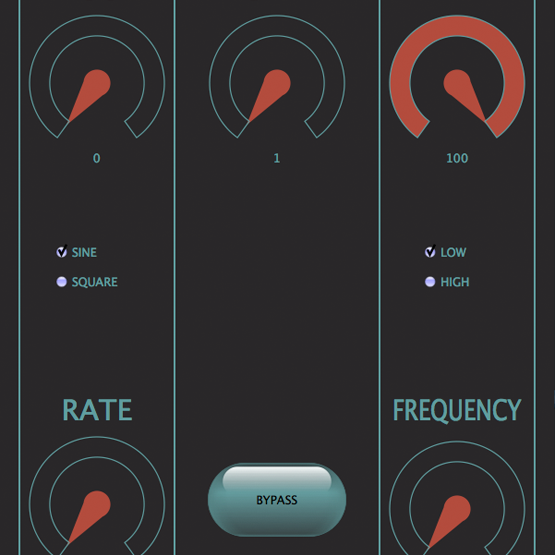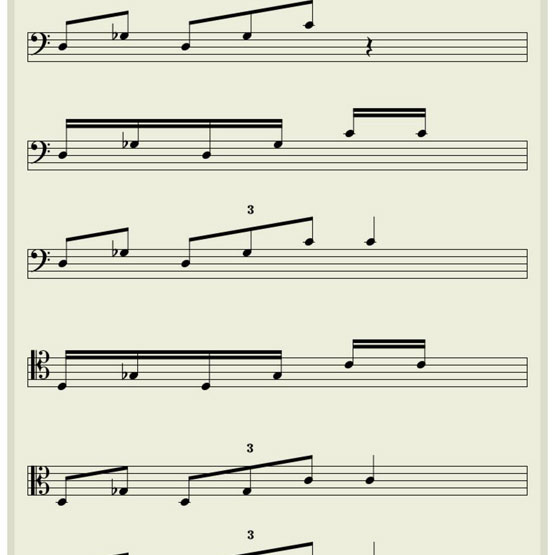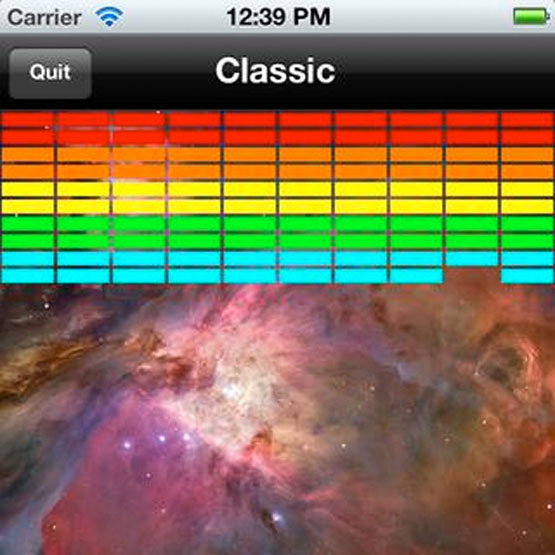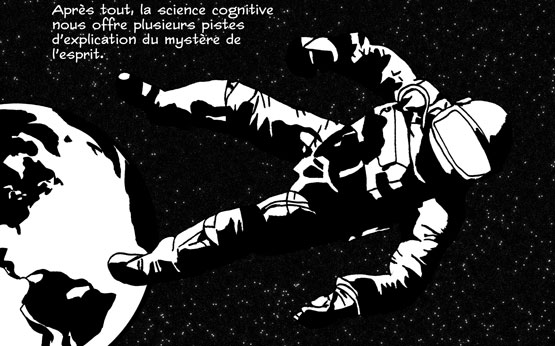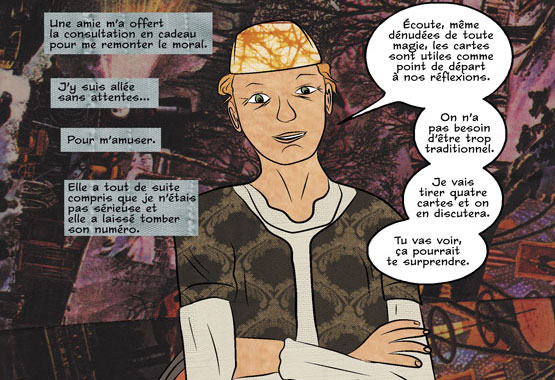Discography
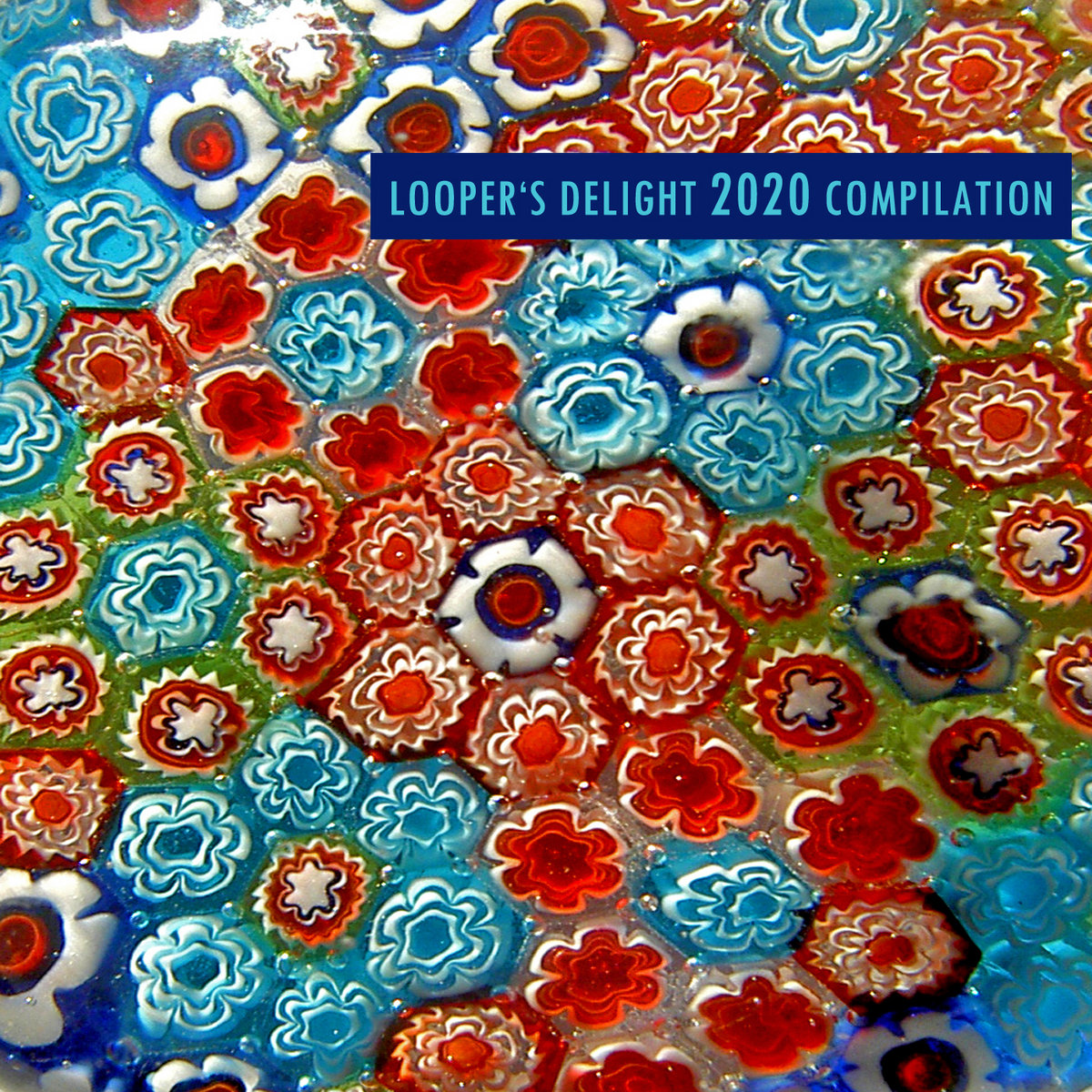
Looper's Delight 2020 Compilation
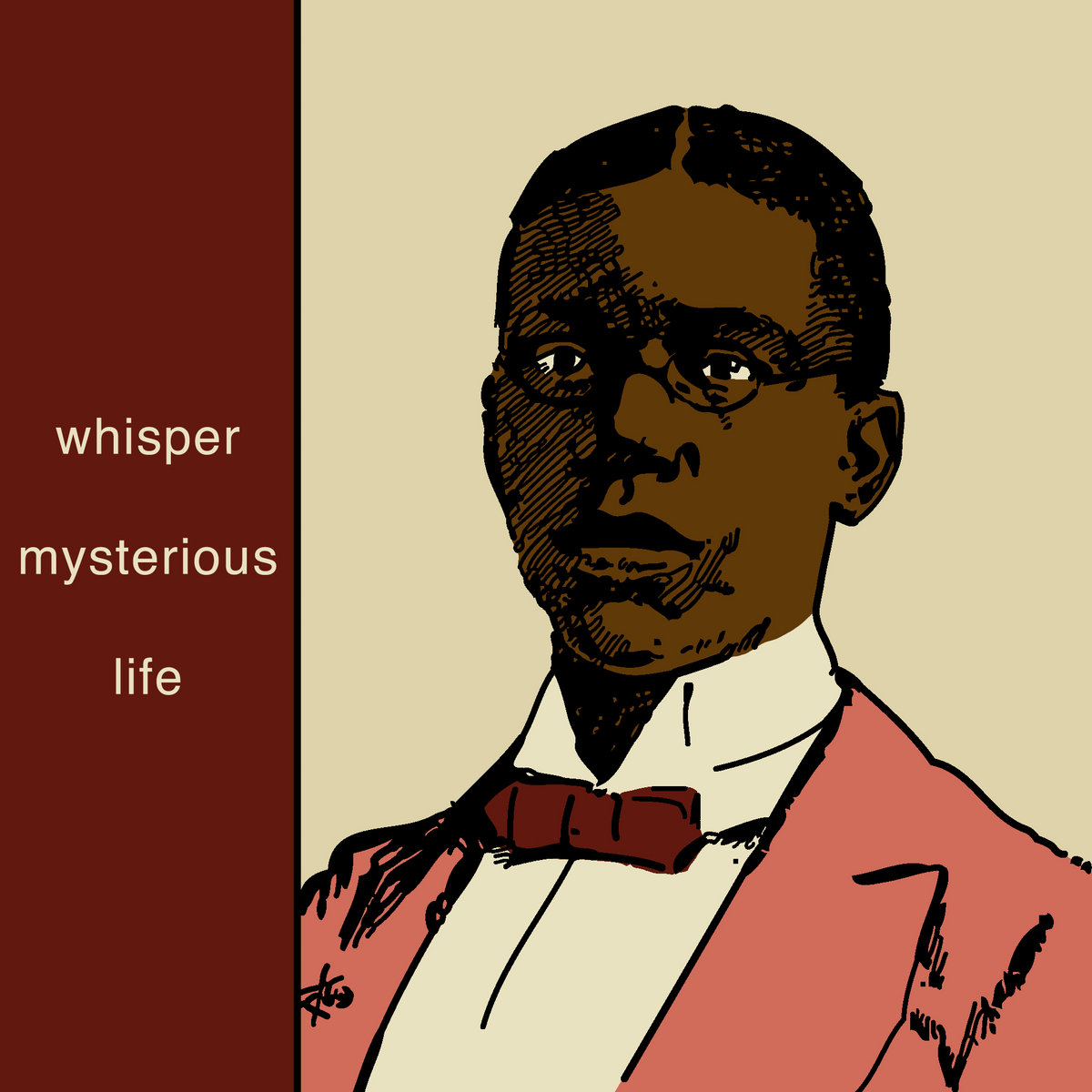
whisper mysterious life
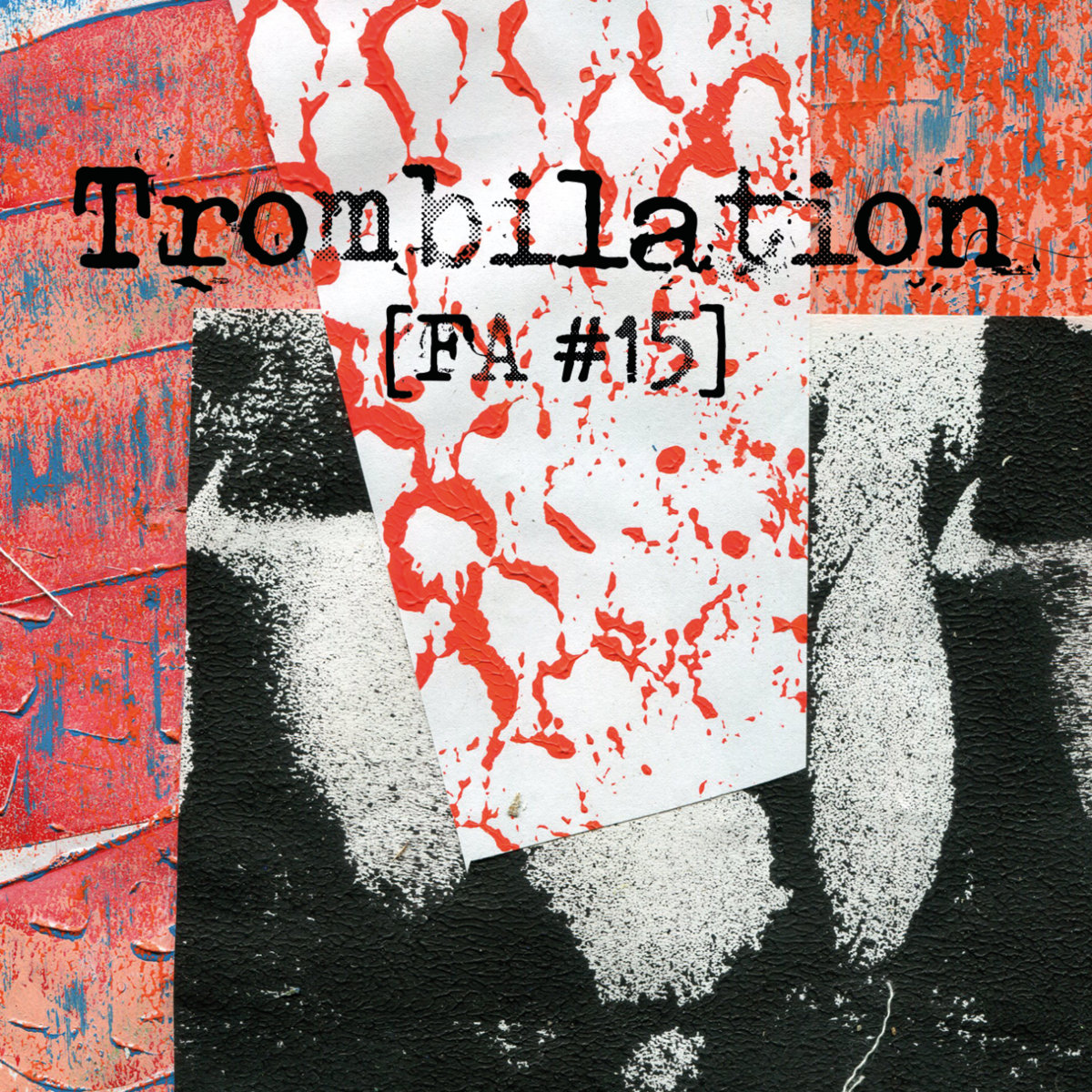
Trombilation
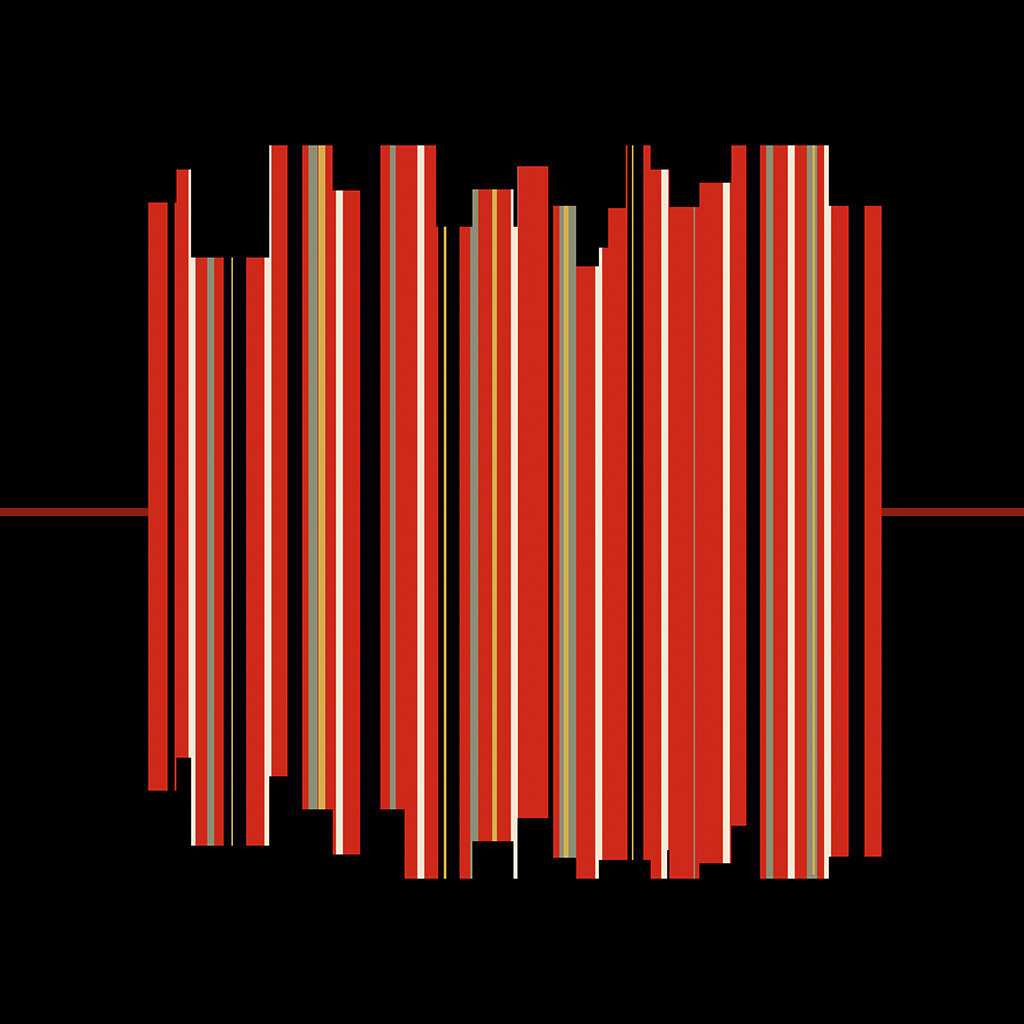
Meta-trombone vol. 2
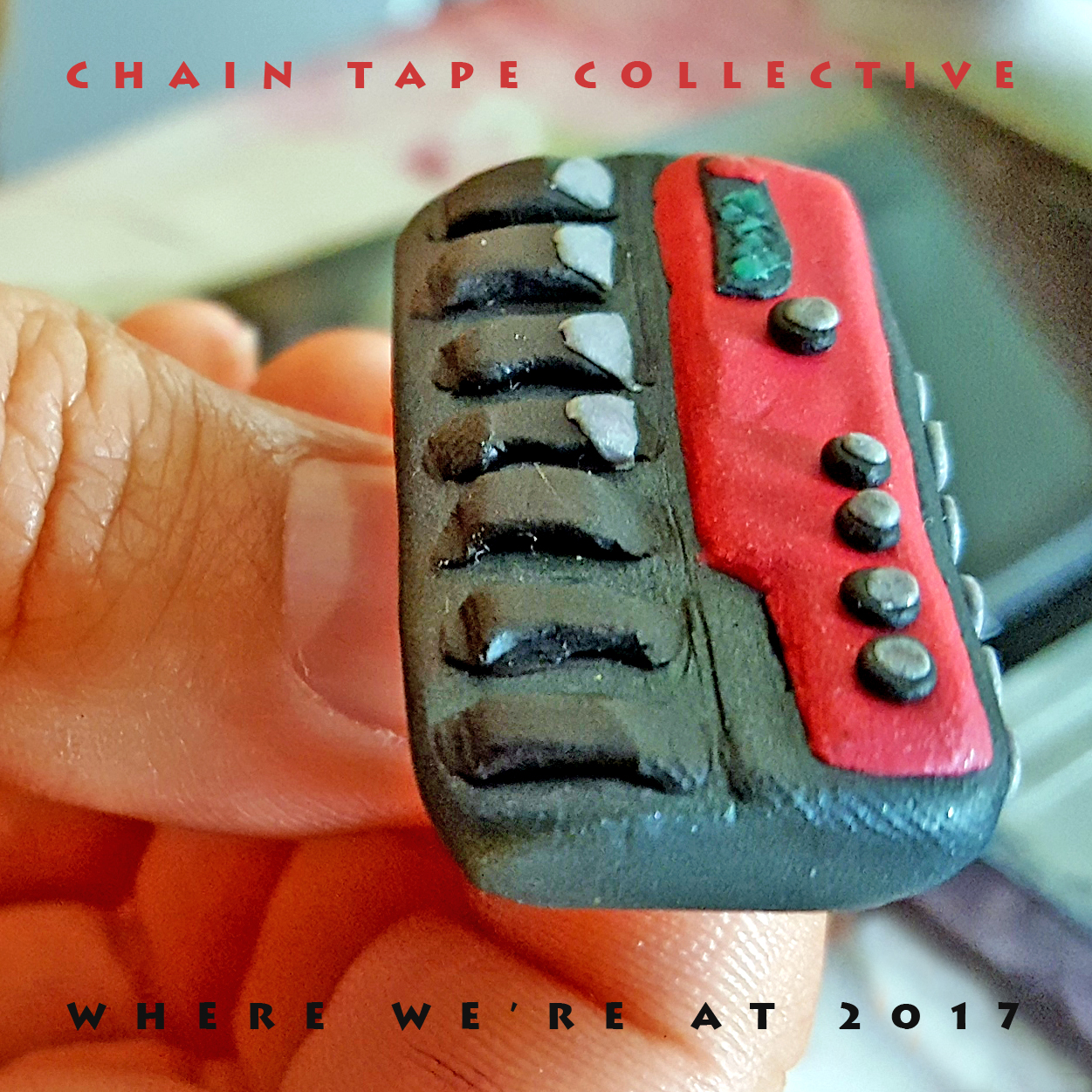
Where we're at 2017
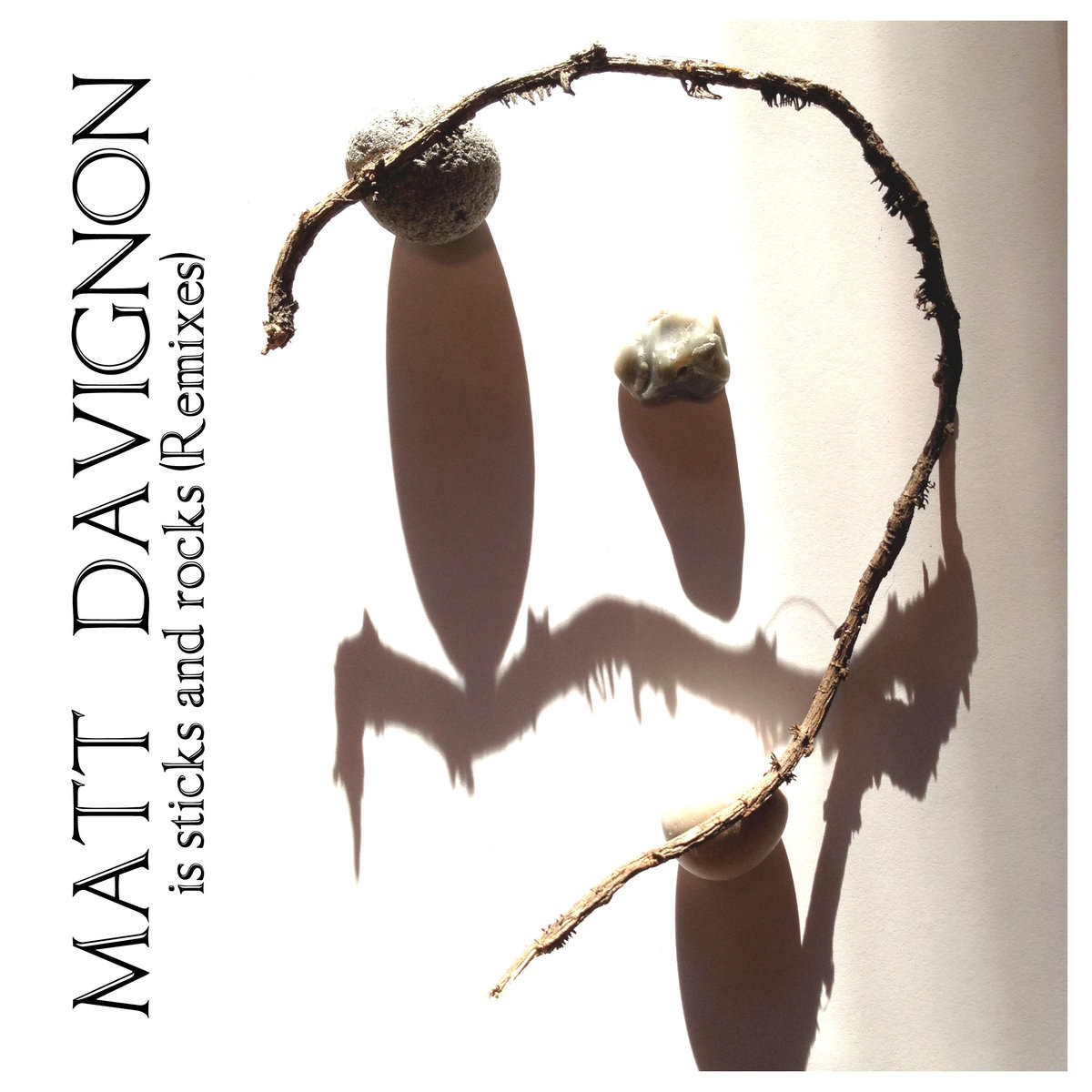
...is sticks and rocks (Remixes)
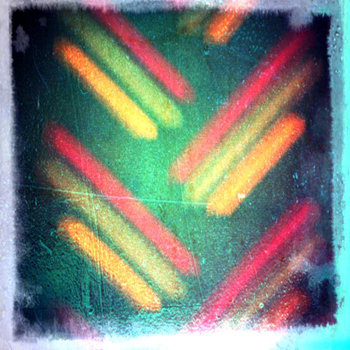
12-12-12
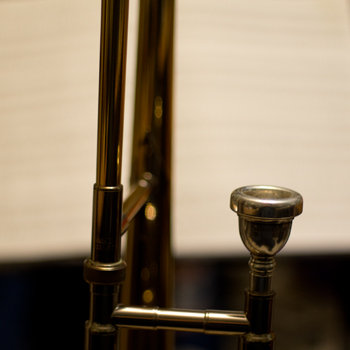
Meta-trombone Vol. 1
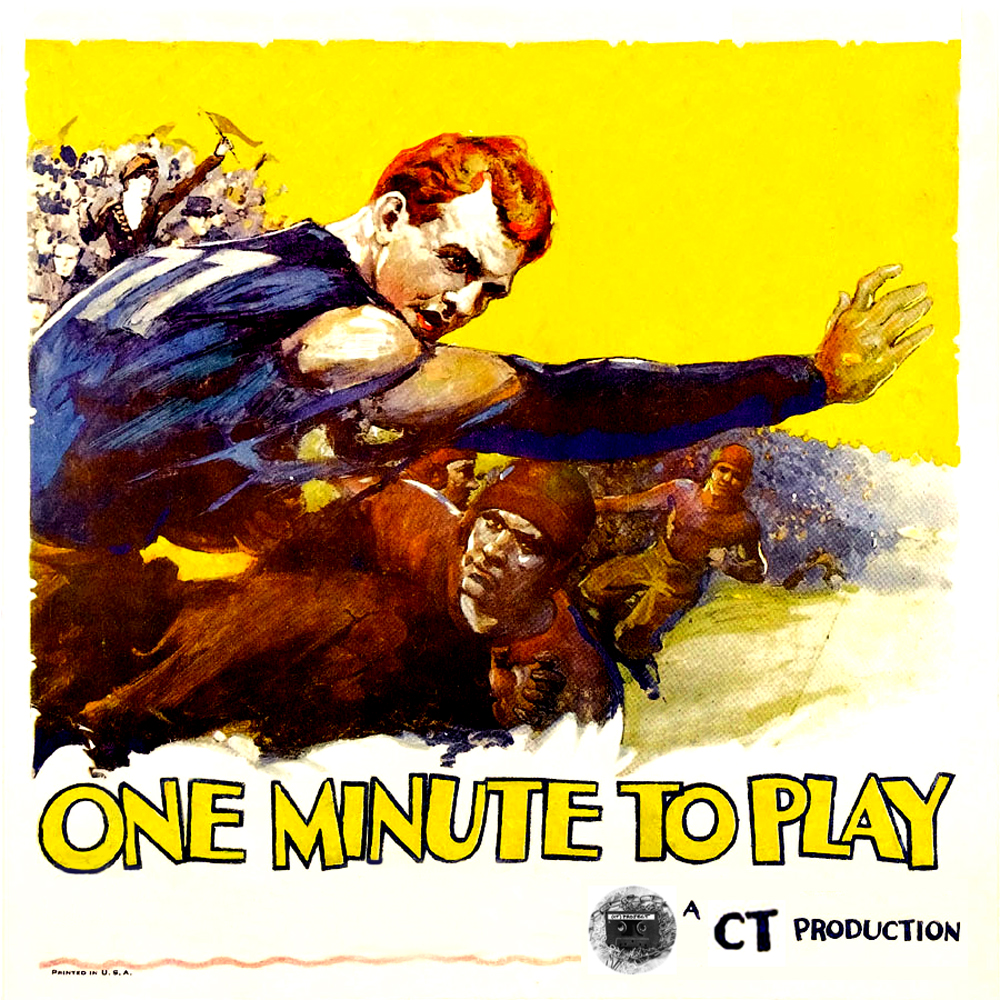
CT-One Minute
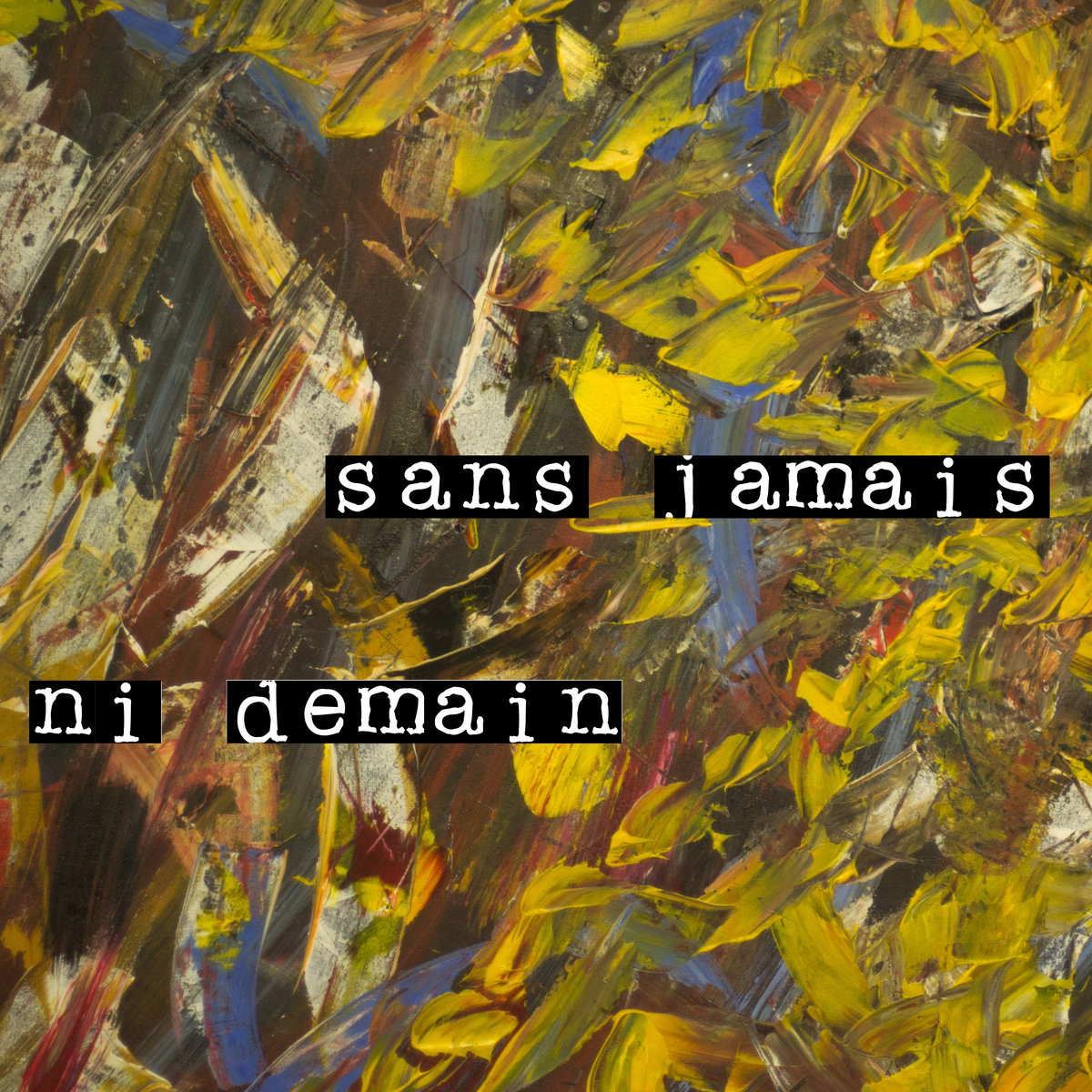
sans jamais ni demain

Cartoonified Musician
Comics

Trip 8
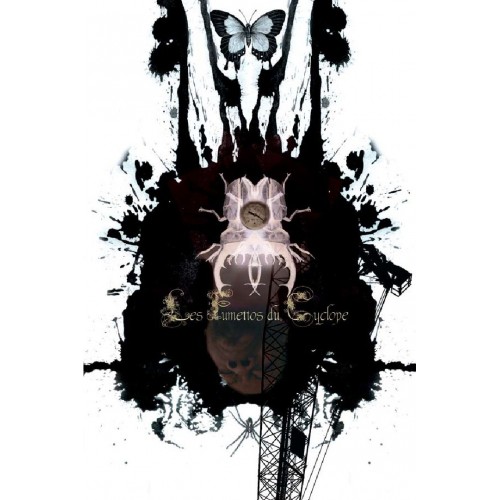
Les fumettos du cyclope
Software

Ring Modulator

MIDI Looper
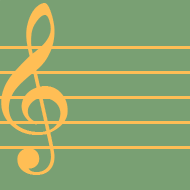
OSCNotation
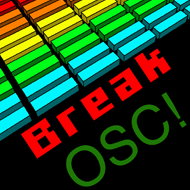
BreakOSC!
Hardware
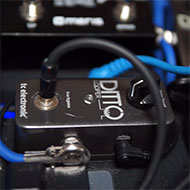
CVditto / MIDIditto
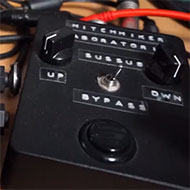
susSUB
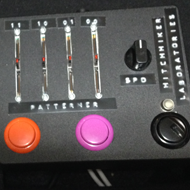
Patterner
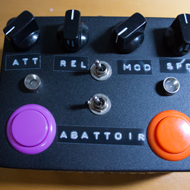
Abattoir
Videos

Animation
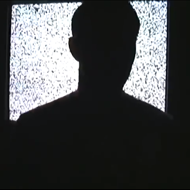
Short Films
Current Projects

Meta-trombone

Guitar Controller
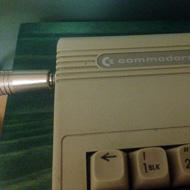
Commodore 64
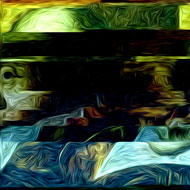
Constrained Music
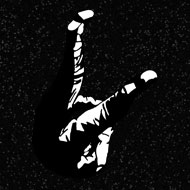
Captain Dada
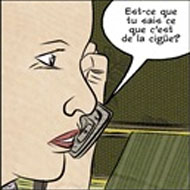
Philosophy Comics
About
A philosopher by training, Sylvain Poitras explores circularity and self-reference in the fields of video, comics and electroacoustic music: that he uses images, words or sounds, he seeks, primarily, to blur the boundaries between the object and its designation. Software designer and trombonist, it was only natural that he invented the "meta-trombone", a sophisticated processing system which curiously leads him on a path to the origins of free jazz.
From his roots as a big band trombonist, Sylvain has evolved into an experimental musician by combining his love of the trombone and his natural aptitude for computer programming.
Sylvain has had an interest in comic books since childhood. After taking a few courses at l'Université du Québec en Outaouais, Sylvain's amateur efforts have found publication. His current project stretches his skills in a number of new areas including: puppet-making, miniature set building and photography.
